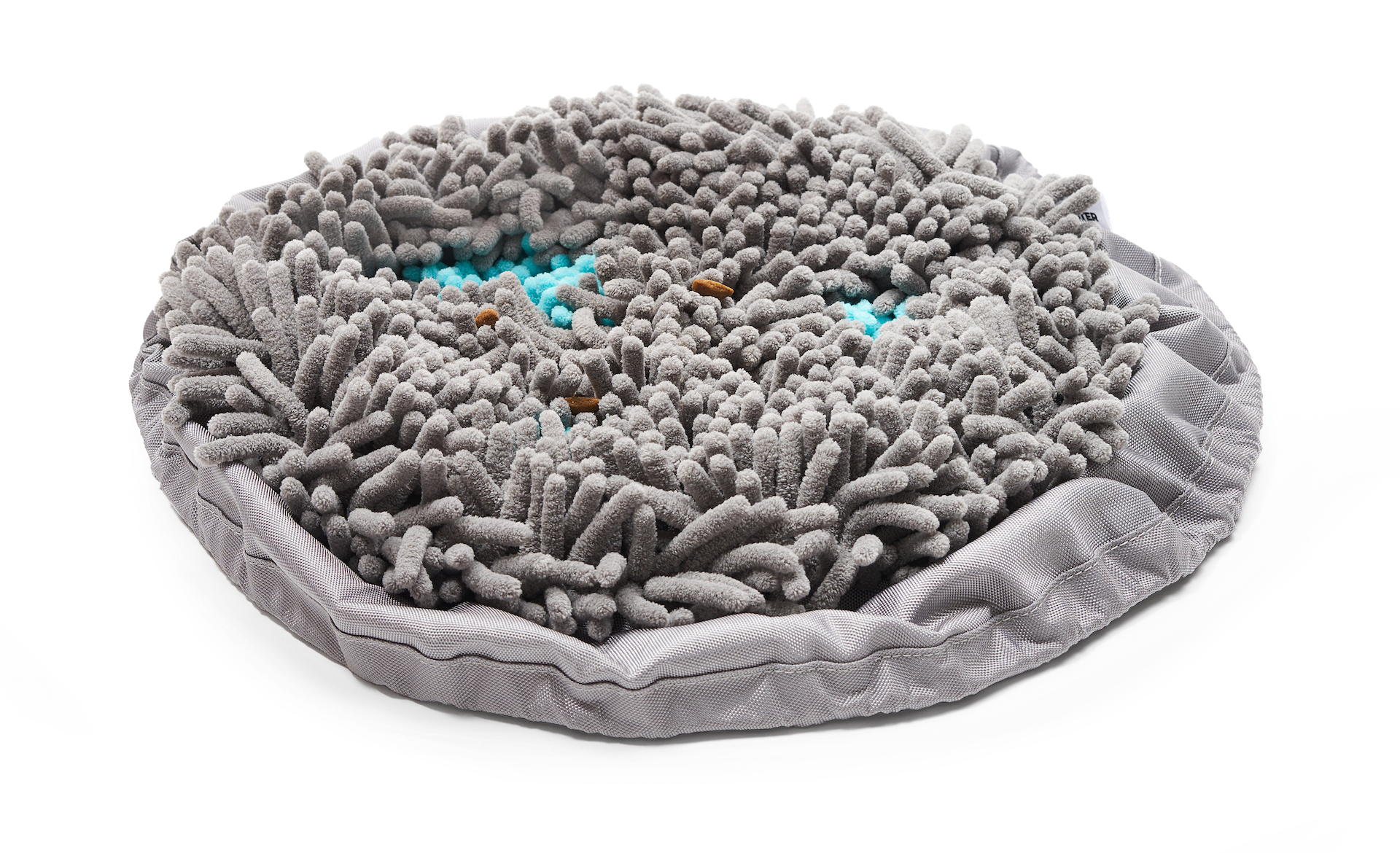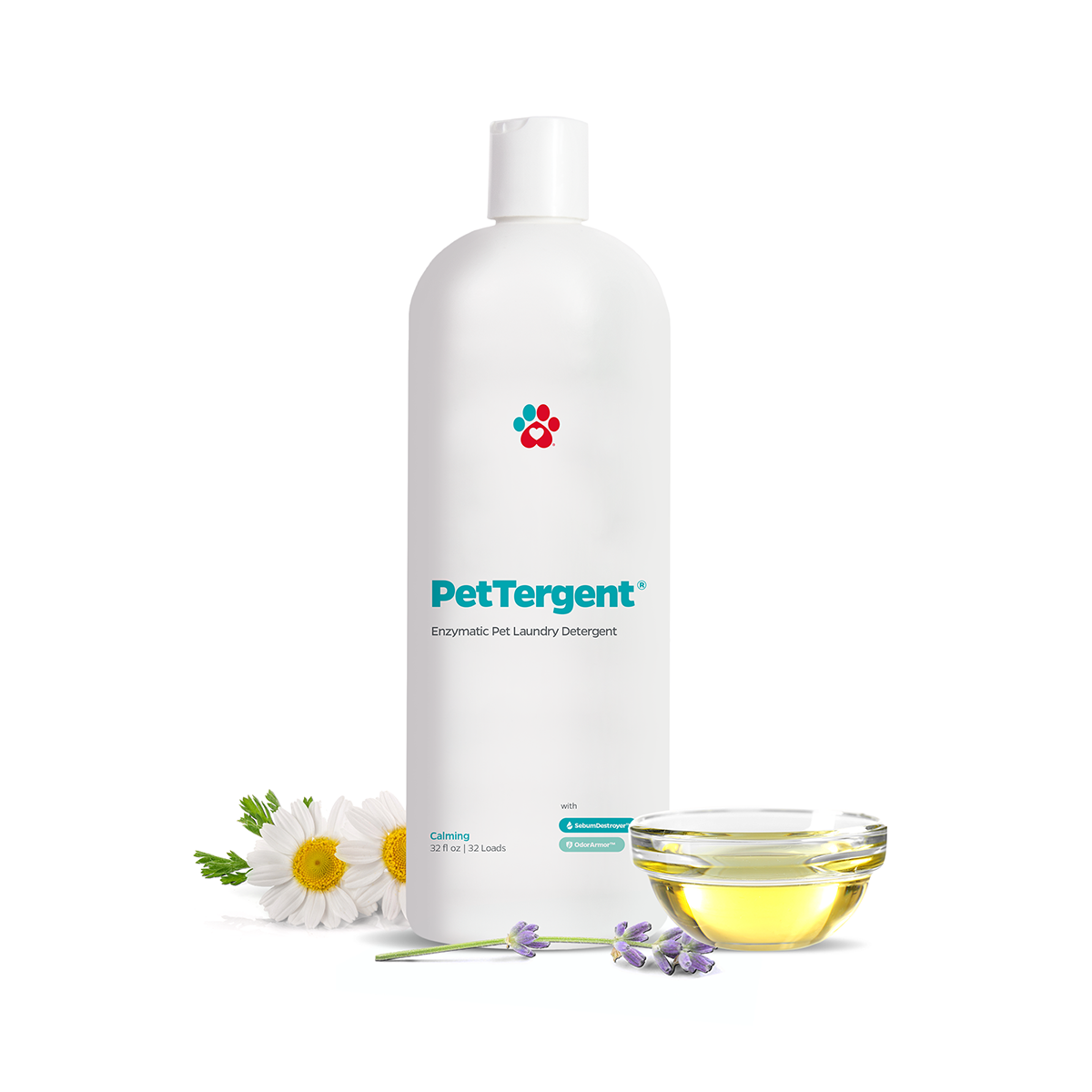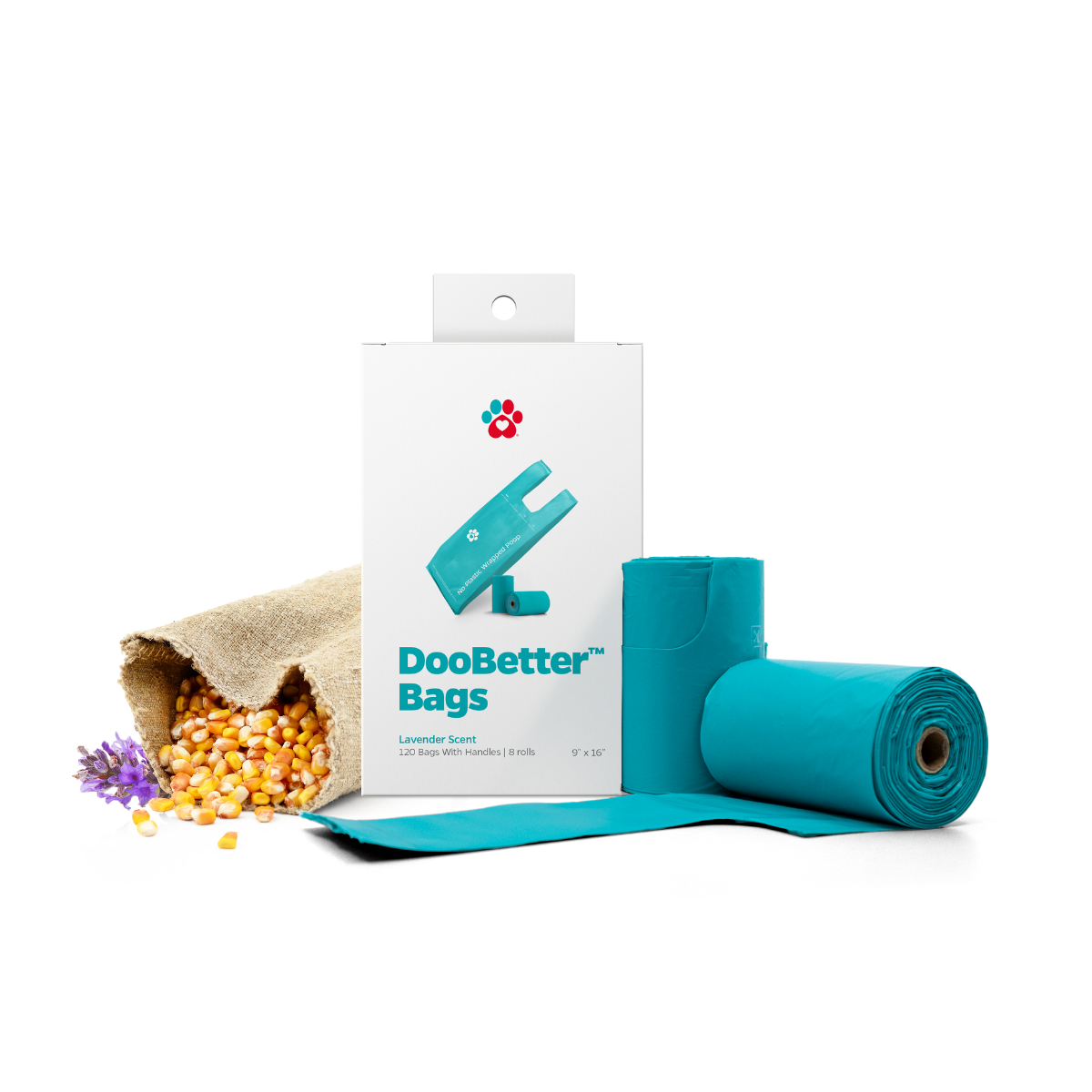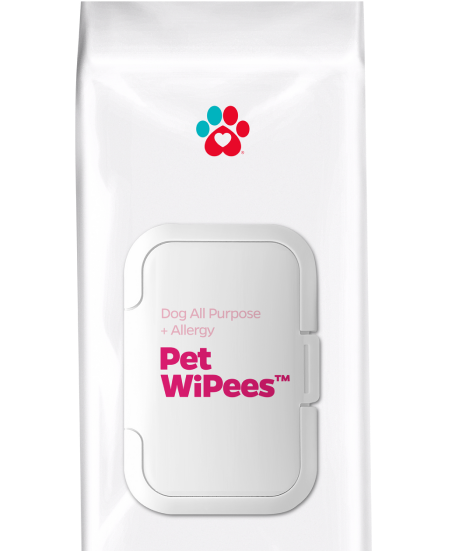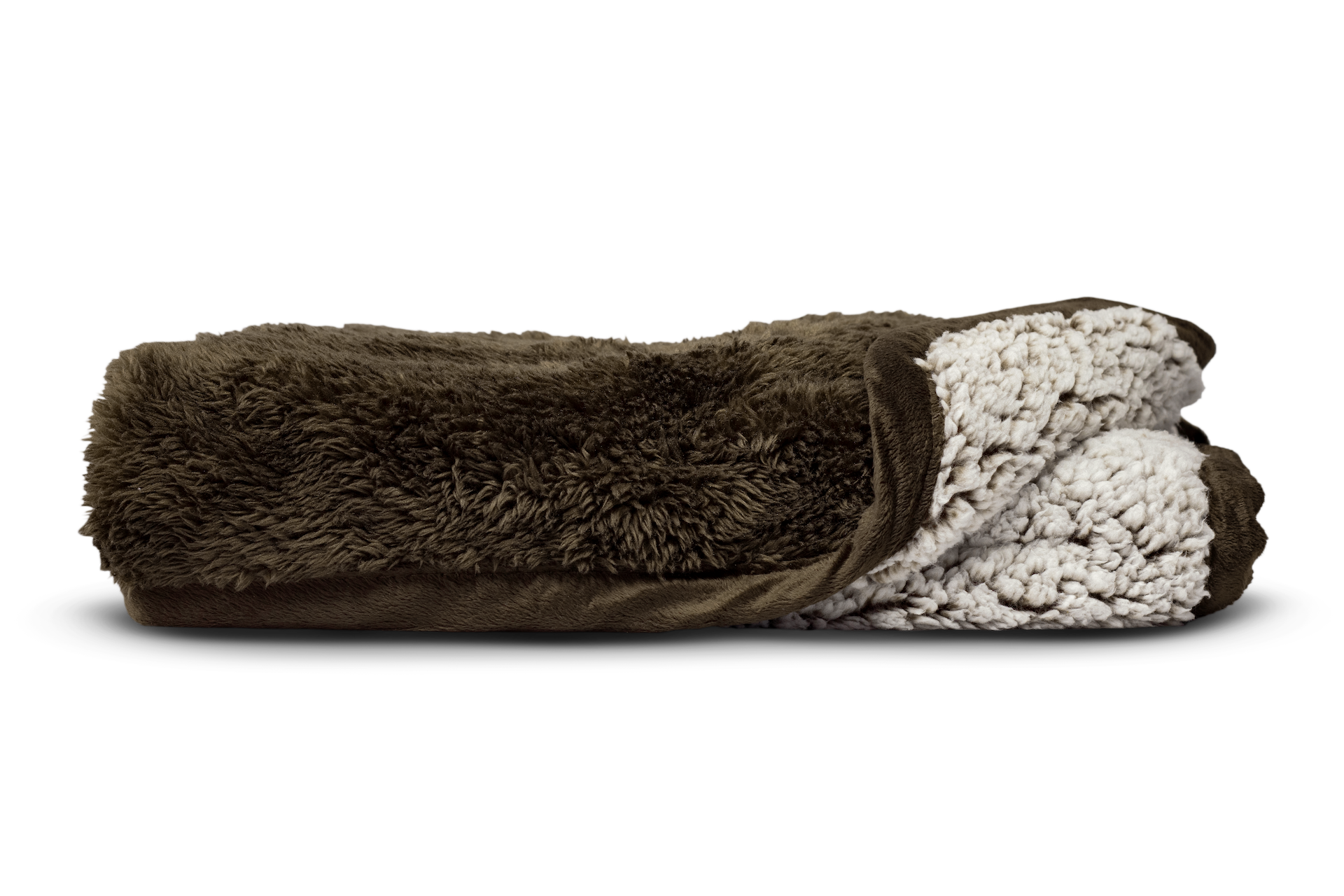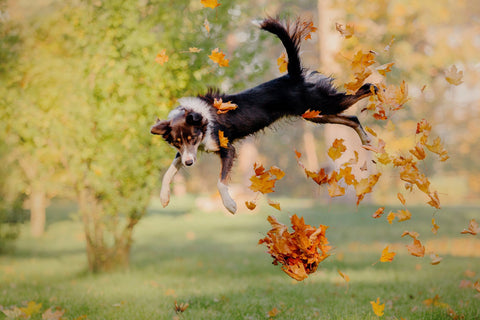"Pet Parents® Washable Dog Diapers, Washable Belly Bands and Pawtect® Pads help keep dog crates clean."
Crate training a puppy
Though there are concerns raised about crate training, when done effectively, it can be very helpful to both you and your dog.
Crate training does not only provide your puppy with safety, it also provides you peace of mind at home.
In this article, we will set your mind on what crate training is about, teach you how to get started, and help you assess if this is something that fits you and your furbaby.
Choosing the best crate for your dog
The first thing to crate training, is of course, having the right crate. There are plastic crates and metal dog crates available. The plastic ones offer more privacy for your pup and is good for a little bit of travel. While metal dog crates provide your pup high level of ventilation and visibility while inside. They can also be collapsible which is a great option for your fast-growing pup. With metal dog crates, you can just purchase a bigger size already and just close off the remaining extra space while they're small.

No matter what you choose for your pup, always remember that the crate should not be small enough that he can no longer move properly. It should also not become too large that he can lie down on one side and soil the other side
Introduce slowly crate training
Puppies are free-spirited and whatever limits them to run and play free everyday can be viewed as a punishment. However, for most pet parents who need to keep their furbaby safe while working, running errands during the day, or sleeping at night, crate training can be a useful tool. For crate training to be successful, the first step is to introduce the crate slowly to your pup. Place the crate somewhere near where your dog usually spends their time and just leave the crate door open. Your pup will become curious and will soon explore the crate. To encourage them to explore the crate, you can place treats, toys, or their favorite Gnawtlers® near or inside it.
Do not ever force your dog to step inside the crate immediately or shut the door as soon as they step inside. This will scare them away. Instead, allow them to walk in and out of the crate on their own while you are introducing it.
Start your pup's 'meals on bed'
Now your pup must've probably found comfort in going in, out, and chilling for some time in the crate and has gotten themselves quite familiar with it (their soon-to-be new home!), you can now start feeding them inside.

When they are eating, begin closing the door and open the door as soon as they finish eating. From there, you can then increase the time of your pup inside the crate for up to 10 minutes.
Your pup might yelp or being crying during this stage and this could be a sign that you've moved too fast with the training. You need to return back to the length of time inside the crate where they are comfortable and don't cry.
Move on to longer crating periods
If your dog no longer yelps and shows no signs of fear or anxiety, you can now increase the time they're inside the crate. If they remain in their crate without crying, praise them and offer a reward. Be sure that you let your dog out to potty before putting them in the crate each time.
Repeat this process a few times a day until they are ready for you to be out of sight. By then, you can begin leaving them during the day whenever you're out to do or get something for a couple of hours.
Crate Training Cautions
Some pet parents believe that crating can seem like a punishment to dogs. Here are some crating cautions you should avoid so crating your pup won’t be a negative experience for them.
- Never use the crate as a punishment. Your furbaby will end up fearing it and will refuse to enter.
- Don't crate your furbaby for too long. If they are crated all day and all night, they will not be able to get enough exercise, interaction, and may become stressed or anxious.
- Puppies that are under six months of age should not stay in their crate for more than three or four hours every day. Know that young puppies still do not have full control their bladders or bowels. The same thing goes for adult dogs being housetrained, according to The Humane Society of the United States.
- Crate your dog until they are capable of being left alone at home without creating accidents or exhibiting destructive habits. As a matter of fact, you can move your dog from being crated to an enclosed area in your home, like an empty room, before giving them access to the full house when you’re away.
- The crate should always have a soft bed or Pawtect® Blankets so that it is a comfortable space for your pet and the door left open when you’re home so your furbaby can enter it every time they need a safe space.
Alternatives to Crate Training
If you are still undecided on crate training, this article provides some additional pros and cons to help you make the best choice for your pup. Depending on the given circumstances of your availability for crate training your pup, lifestyle, etc., there are other ways you can prevent them from peeing and pooping in all the wrong places in your house and still give them the freedom they deserve.
Doggie Playpens. These are also called exercise pens. Available in many sizes, you can create a little area for your puppy within a room. They are larger than crates and provides your dog a more open area.
Fenced Yard. If you have a spacious lawn, you can secure a fence, and keep your dog outside. Just make sure he has a kennel /dog house to give him shade or protect him when it rains.
Dog Diapers / Belly Bands / Pee Pads. These can be used with or without crate training, depending on your pet and the desired results. These products are great options if you keep your dog inside their crate and don't want them to soil it. Dog diapers, belly bands and Pawtect® Pads give your dog the freedom to pee and poop and still keep their crate clean.
These Pet Parents® products are made from our soft non-abrasive WickQuick® proprietary fabric that absorbs liquid or moisture fast and locks them in to prevent any leakages and prevent your furbaby from tracking mess everywhere.
"Crate should not be small enough that your furbaby can no longer move properly. It should also not become too large that they can lie down on one side and soil the other side."
Crate training takes advantage of your dog’s natural instincts to seek out a comfortable, quiet, and safe place. You should know how crate training will help you and your pup in many ways when done properly. Put that game face on to begin training and see how easier life gets when you and your pup are both healthy and happy!

